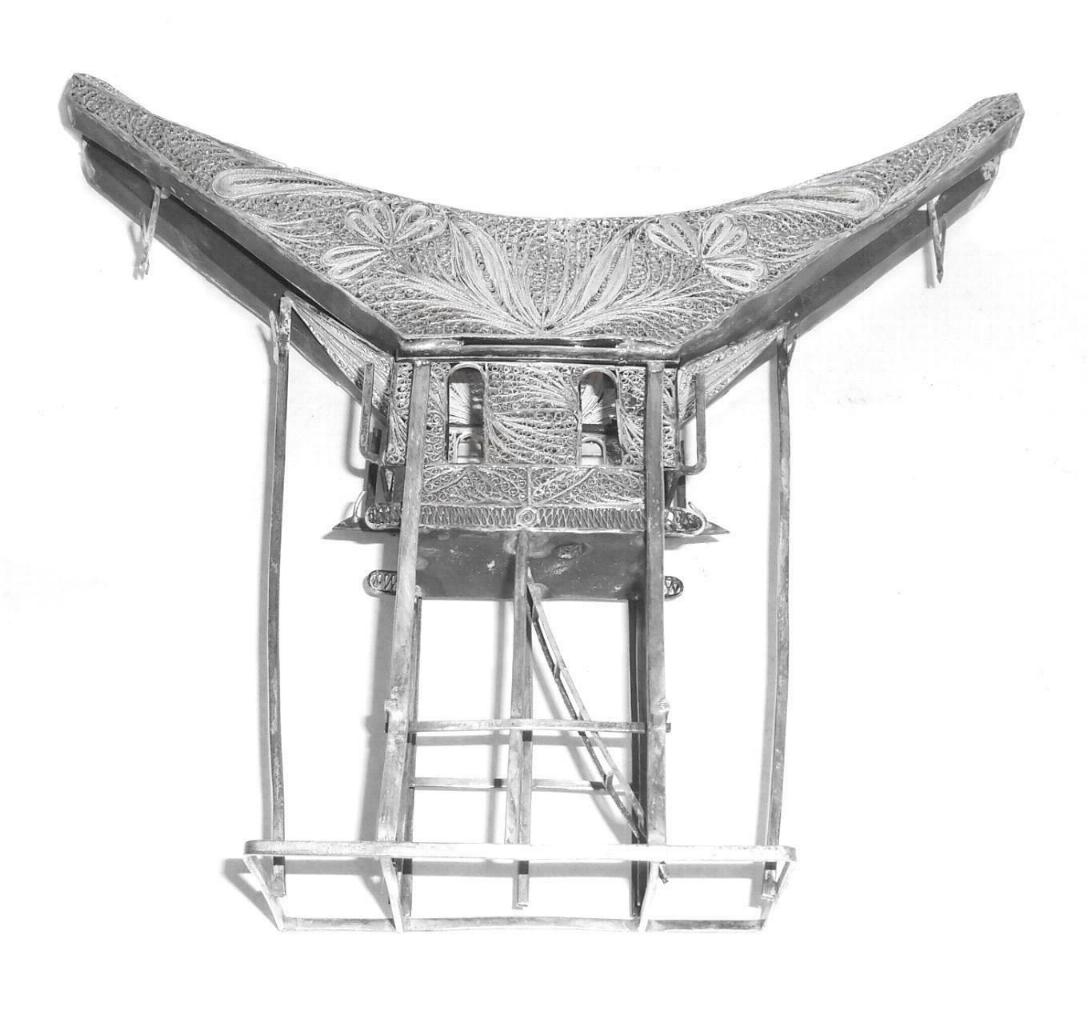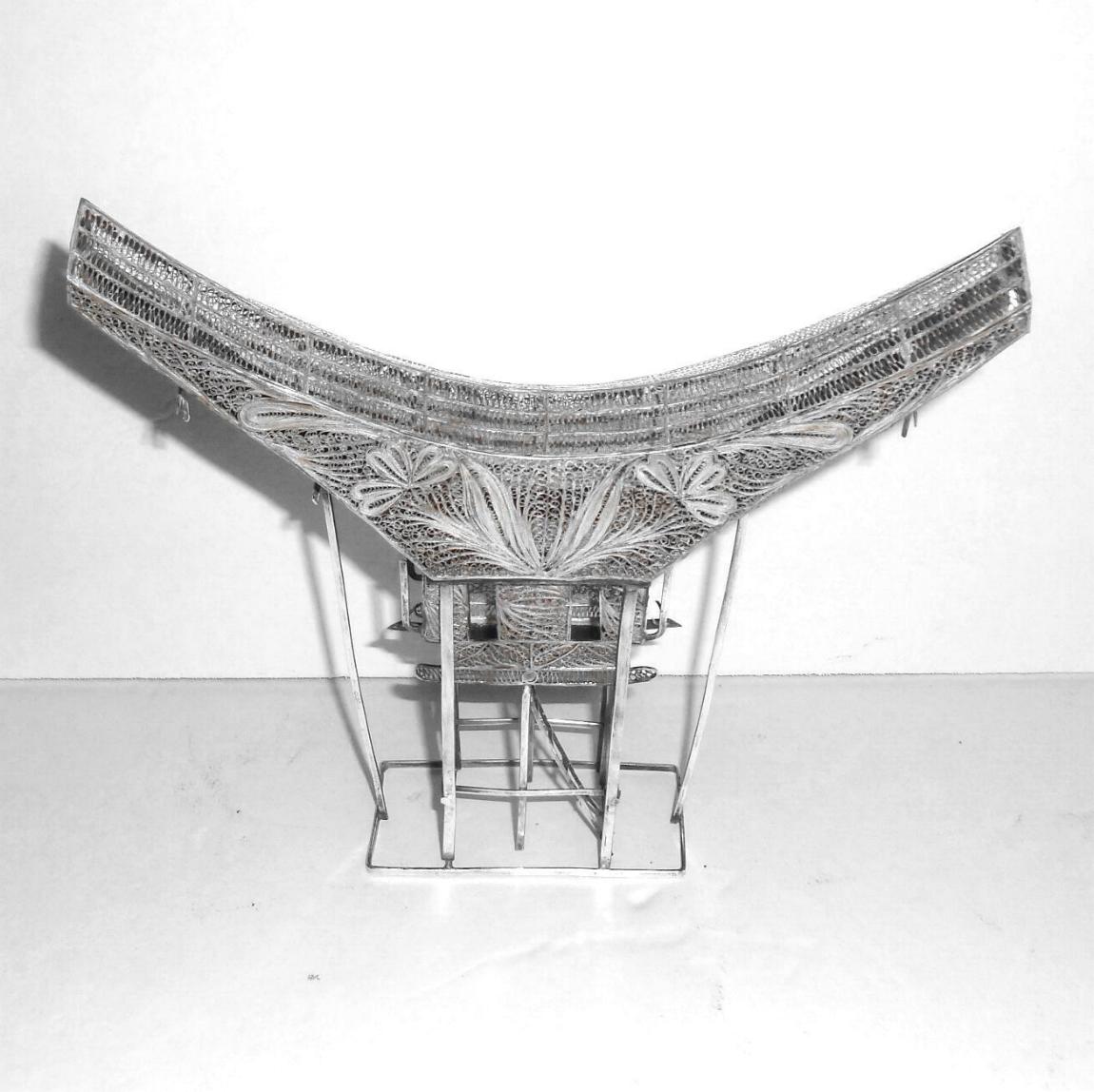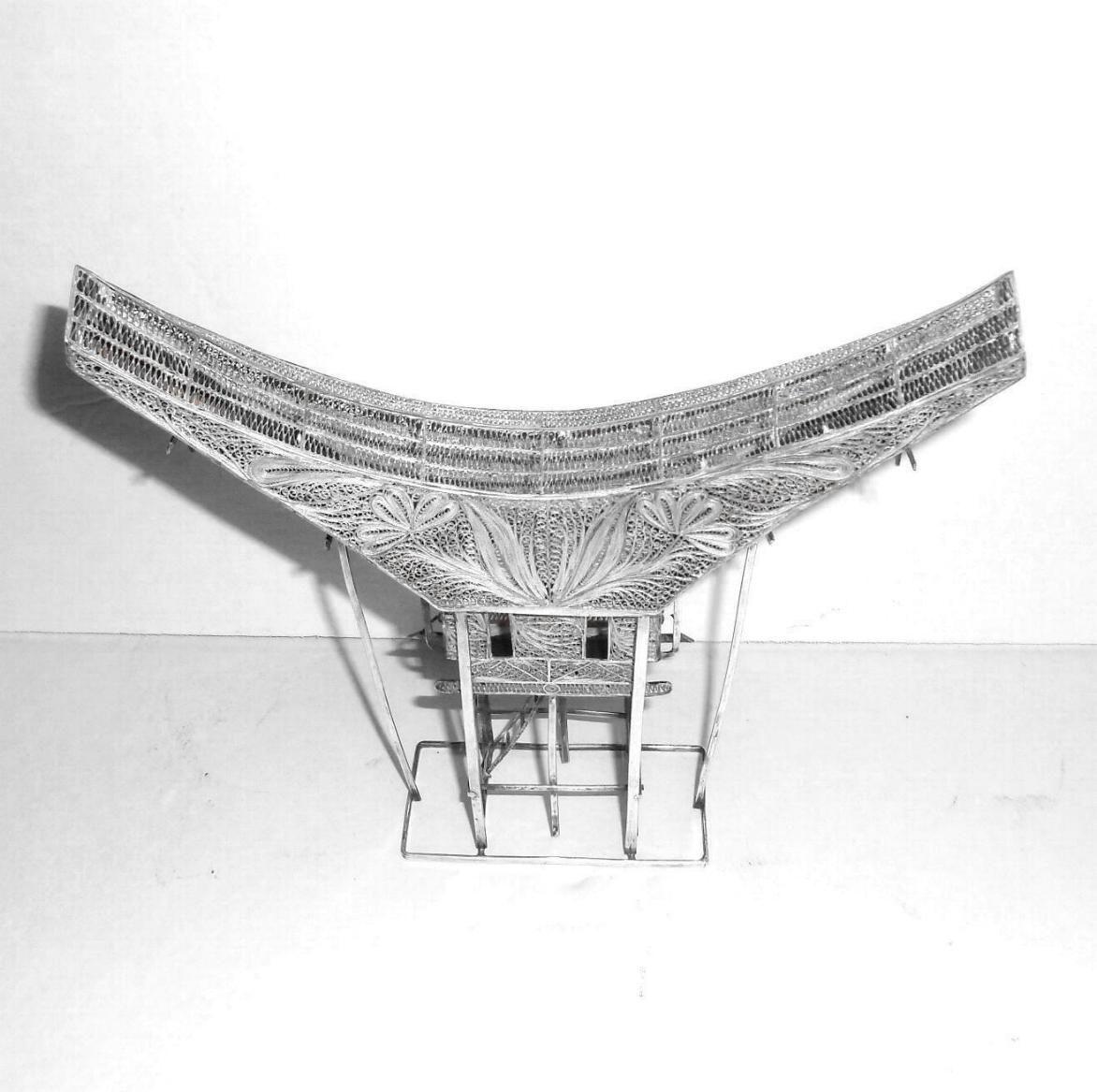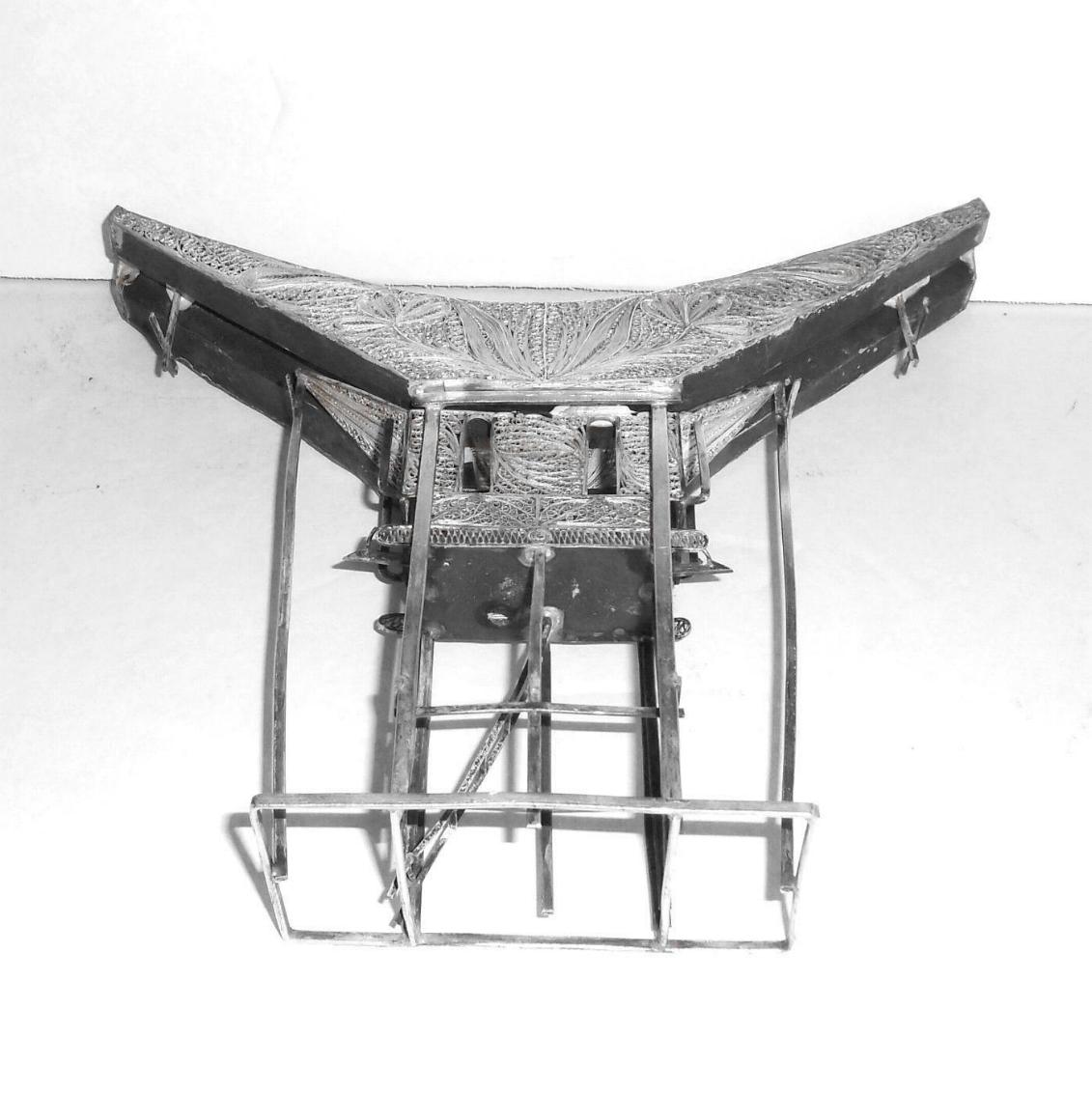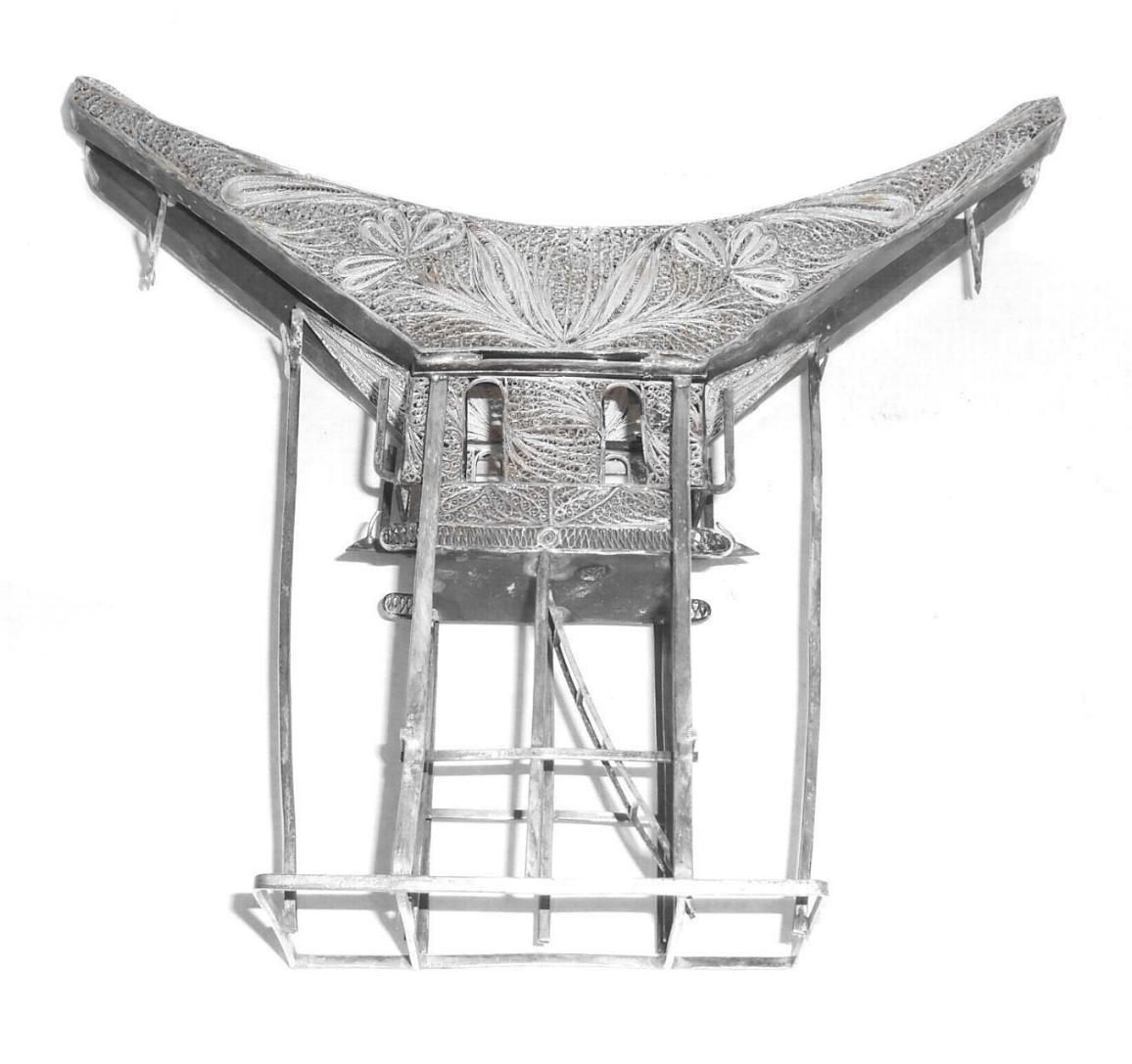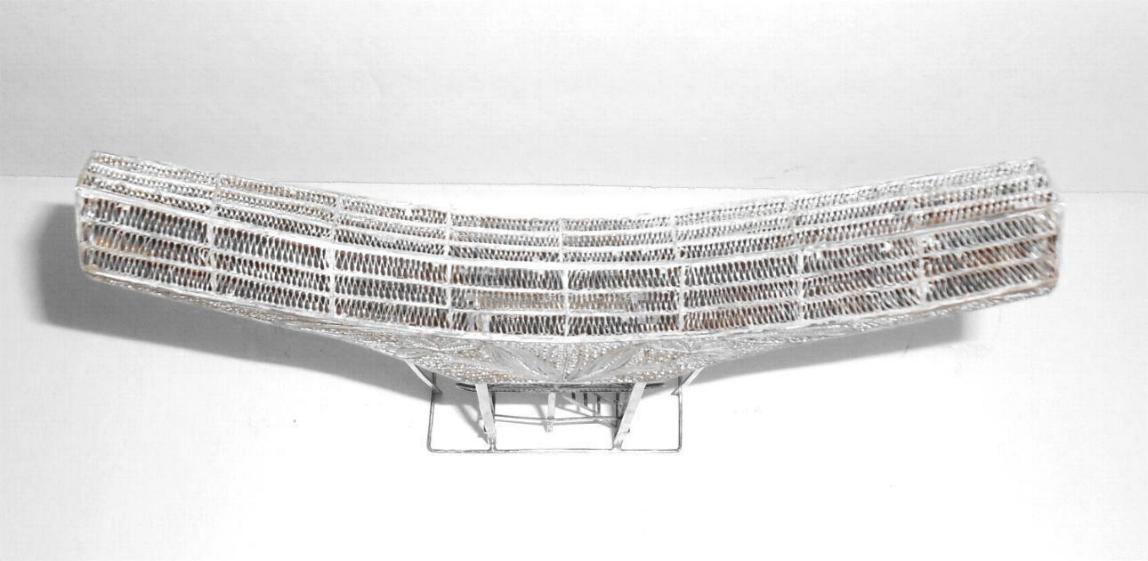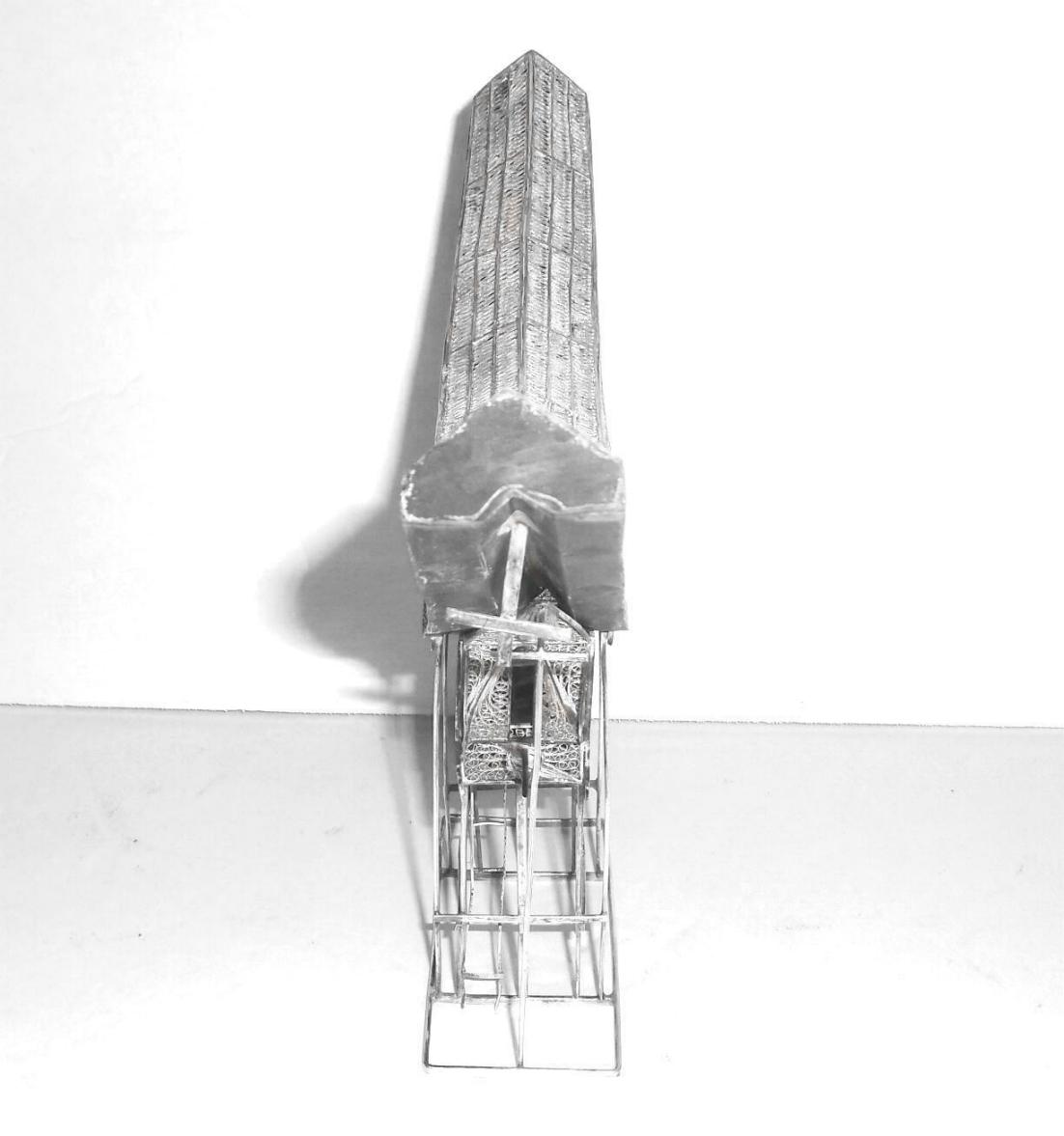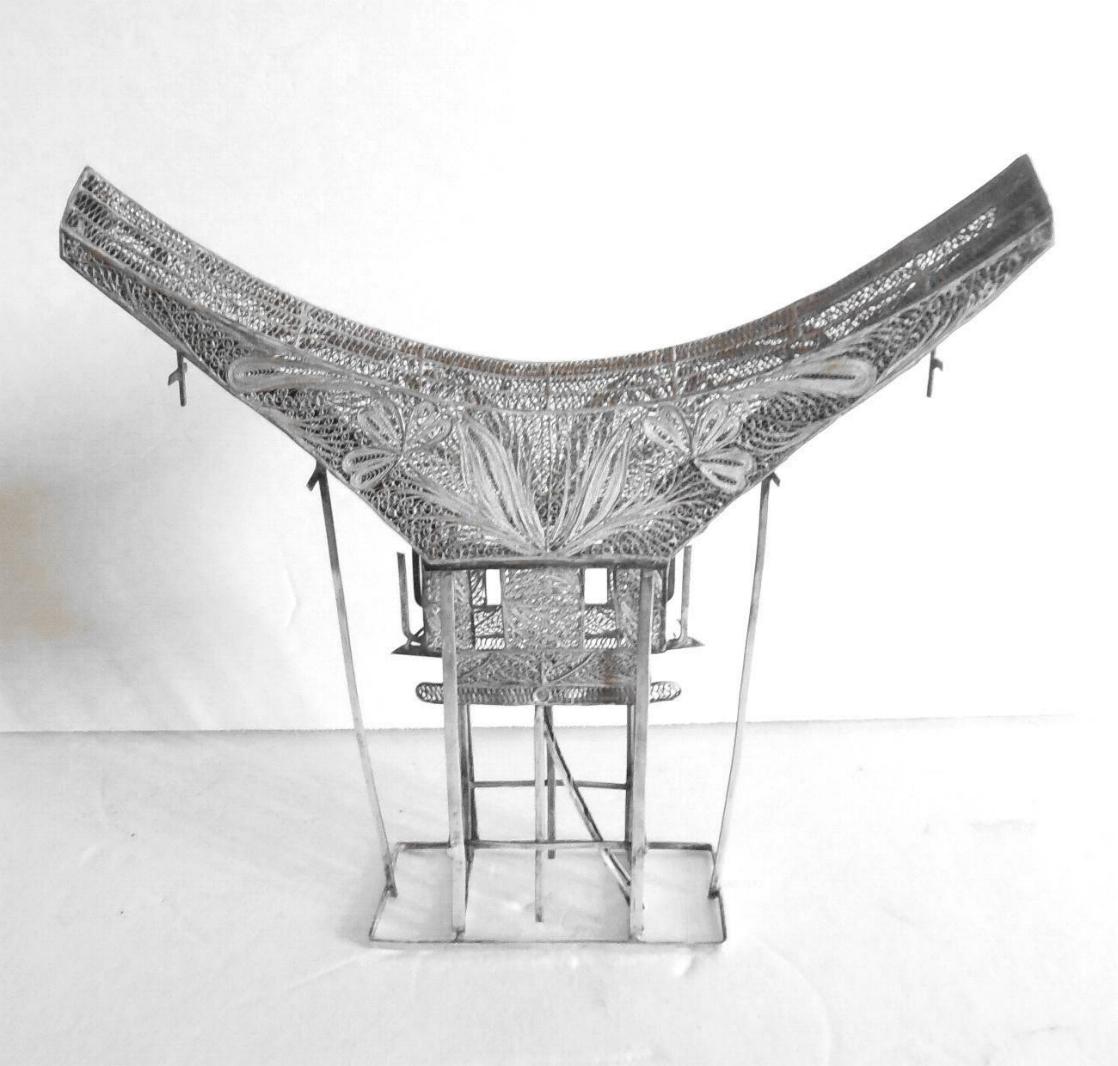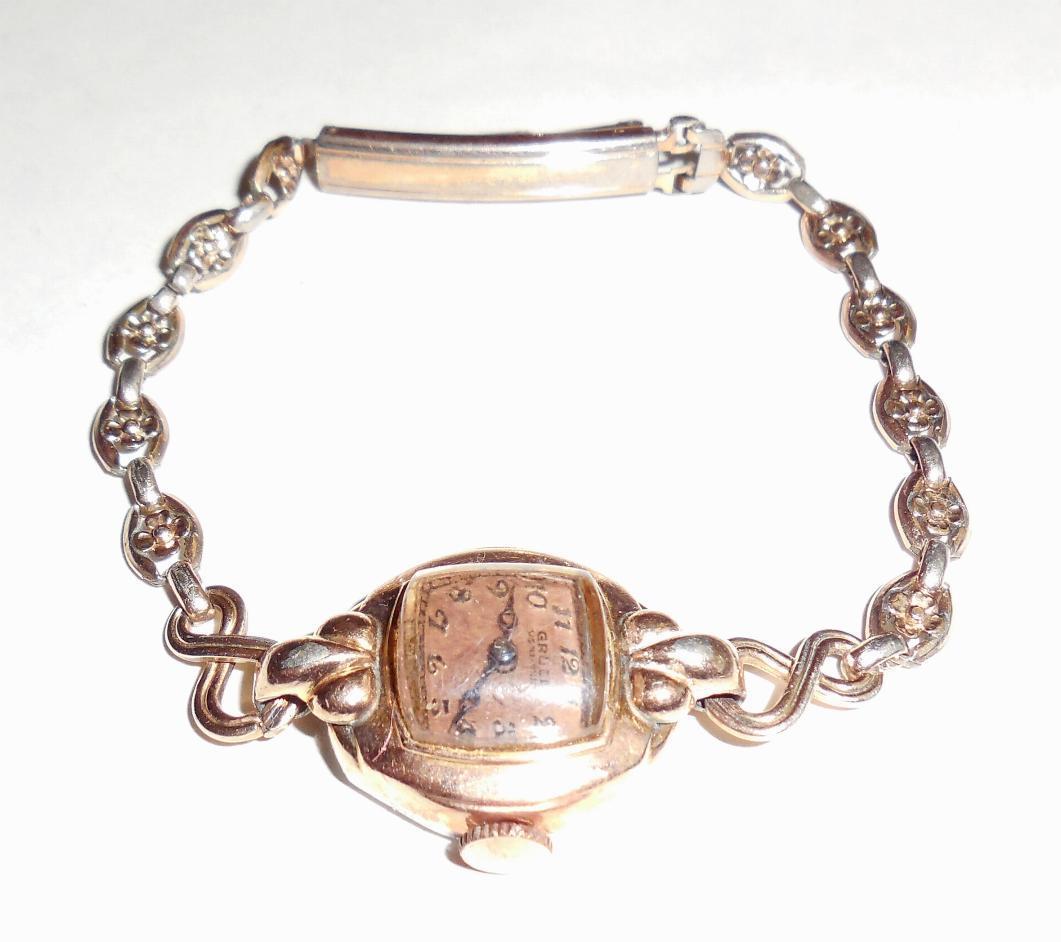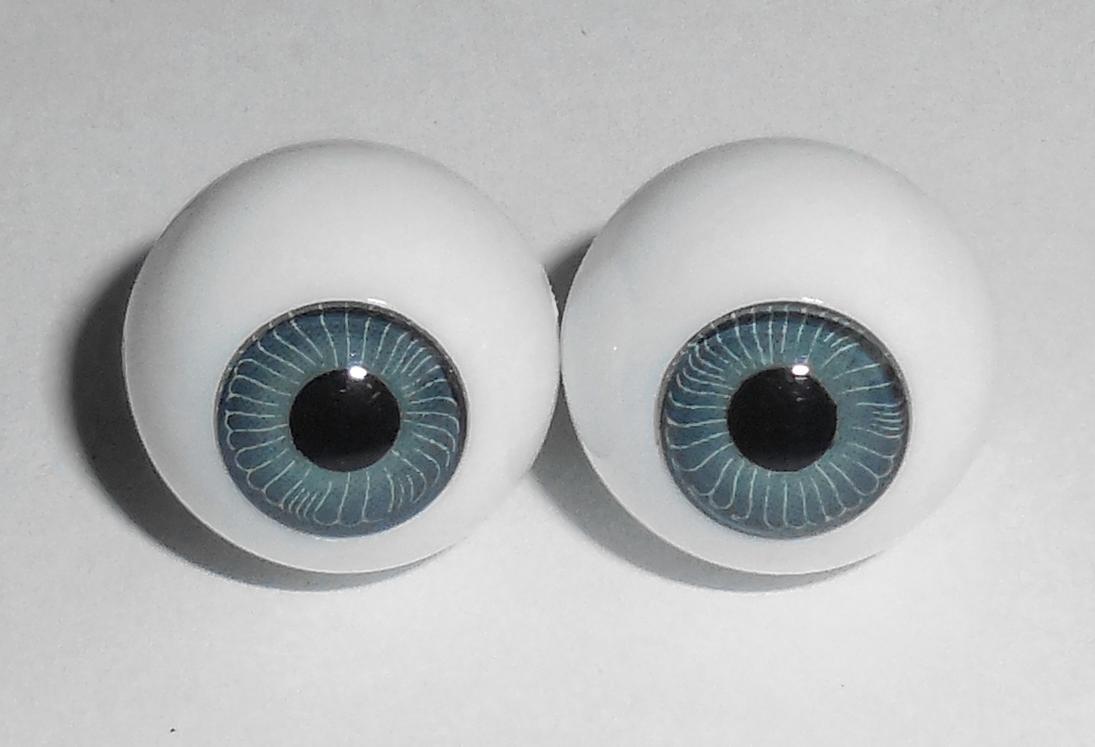Description
Vintage Handmade Asian Filigree Silver Gateway Art Sculpture
About Asian Gateways: (WIKI)
A torii (鳥居?, literally bird abode, /ˈtɔəri.iː/) is a traditional Japanese gate most commonly found at the entrance of or within a Shinto shrine. It symbolically marks the transition from the profane to the sacred. The presence of a torii at the entrance is usually the simplest way to identify Shinto shrines. Also, a small torii icon represents them on Japanese road maps. They are however a common sight at Japanese Buddhist Temples. They stand at the entrance of the temple’s own shrine and are usually very small.
Their first appearance in Japan can be pinpointed to at least the mid-Heian period because they are mentioned in a text written in 922. The oldest existing stone torii was built in the 12th century and belongs to a Hachiman shrine in Yamagata prefercture. The oldest wooden torii is a ryōbu torii (see description below) at Kubō Hachiman Shrine in Yamanashi prefecture built in 1535.
Torii were traditionally made from wood or stone, but today they can be also made of reinforced concrete, copper, stainless steel or other materials. They are usually either unpainted or painted vermilion with a black upper lintel. Additionally, Inari shrines typically have many torii because those who have been successful in business often donate in gratitude a torii to Inari, kami of fertility and industry. Fushimi Inari-taisha in Kyoto has thousands of such torii, each bearing the donor’s name.
